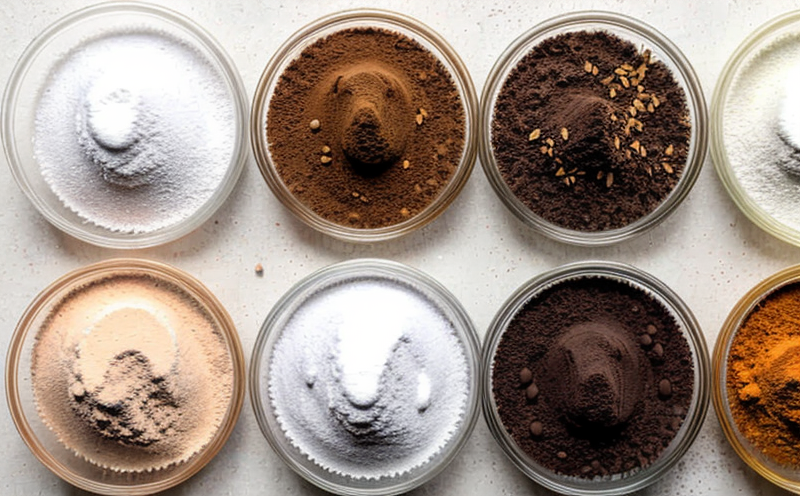AOAC 2018.11 Beta-Carotene Quantification in Infant Formula
The quantification of beta-carotene is a critical quality assurance step when dealing with infant formula, especially considering its potential health benefits and the need for precise dosing to ensure optimal nutrition.
Beta-carotene, a provitamin A carotenoid, plays an essential role in human nutrition. It serves as a precursor to vitamin A, which is crucial for immune function, vision, and skin health. In infant formula, beta-carotene is often added to enhance the nutritional profile of the product.
The AOAC 2018.11 method provides a reliable and precise means of determining beta-carotene content in infant formula. This standard procedure ensures that the concentration of this nutrient aligns with recommended levels specified by regulatory bodies such as the Food and Drug Administration (FDA) and the European Commission.
The testing process involves several steps, each meticulously designed to ensure accuracy and reliability:
- Sample Preparation: The infant formula samples are prepared according to AOAC 2018.11 guidelines. This includes homogenization of the sample to achieve a consistent particle size, followed by extraction using a suitable solvent.
- Extraction and Purification: After extraction, the solution undergoes purification steps to remove any interfering substances, ensuring accurate quantification.
- Spectrophotometric Measurement: The purified extract is then analyzed spectrophotometrically. This involves measuring the absorbance of the sample at a specific wavelength where beta-carotene exhibits its characteristic absorption spectrum.
The method's precision and accuracy are validated through repeated testing, ensuring that results can be relied upon for regulatory compliance and internal quality assurance.
Our laboratory adheres strictly to this protocol, leveraging state-of-the-art equipment and experienced personnel to deliver accurate quantification of beta-carotene in infant formula. This service is crucial not only for meeting regulatory requirements but also for maintaining the highest standards of product safety and efficacy.
Industry Applications
- Nutritional Supplement Manufacturing: Ensures consistent quality and meets nutritional content specifications.
- FDA Compliance: Helps manufacturers comply with regulations regarding the addition of beta-carotene to infant formula.
- R&D Innovation: Supports research into optimizing the levels and types of nutrients in infant formulas.
The AOAC 2018.11 method is widely used across various sectors, from food manufacturing to regulatory compliance departments. Its reliability makes it a cornerstone for ensuring product quality and safety.
Environmental and Sustainability Contributions
The quantification of beta-carotene in infant formula contributes positively to both environmental sustainability and public health. By accurately measuring the levels of this essential nutrient, manufacturers can optimize production processes, reducing waste and energy consumption without compromising product quality.
This method also supports sustainable practices by ensuring that products meet stringent nutritional standards, thereby promoting healthier lifestyles among consumers. The accurate quantification of beta-carotene helps in maintaining a balance between nutrition, health, and environmental responsibility.
Use Cases and Application Examples
- R&D Innovation: Researchers use this method to explore the optimal levels of beta-carotene that can enhance infant formula's nutritional profile without causing any adverse effects.
- Quality Assurance: Quality control teams utilize AOAC 2018.11 for regular testing, ensuring consistent product quality across batches and production runs.
In addition to these applications, the method also finds use in compliance departments to ensure adherence to international standards such as ISO 22374, which specifies guidelines for the preparation of infant formula and other products intended for infants. This ensures that all participants in the supply chain are aligned with global best practices.





